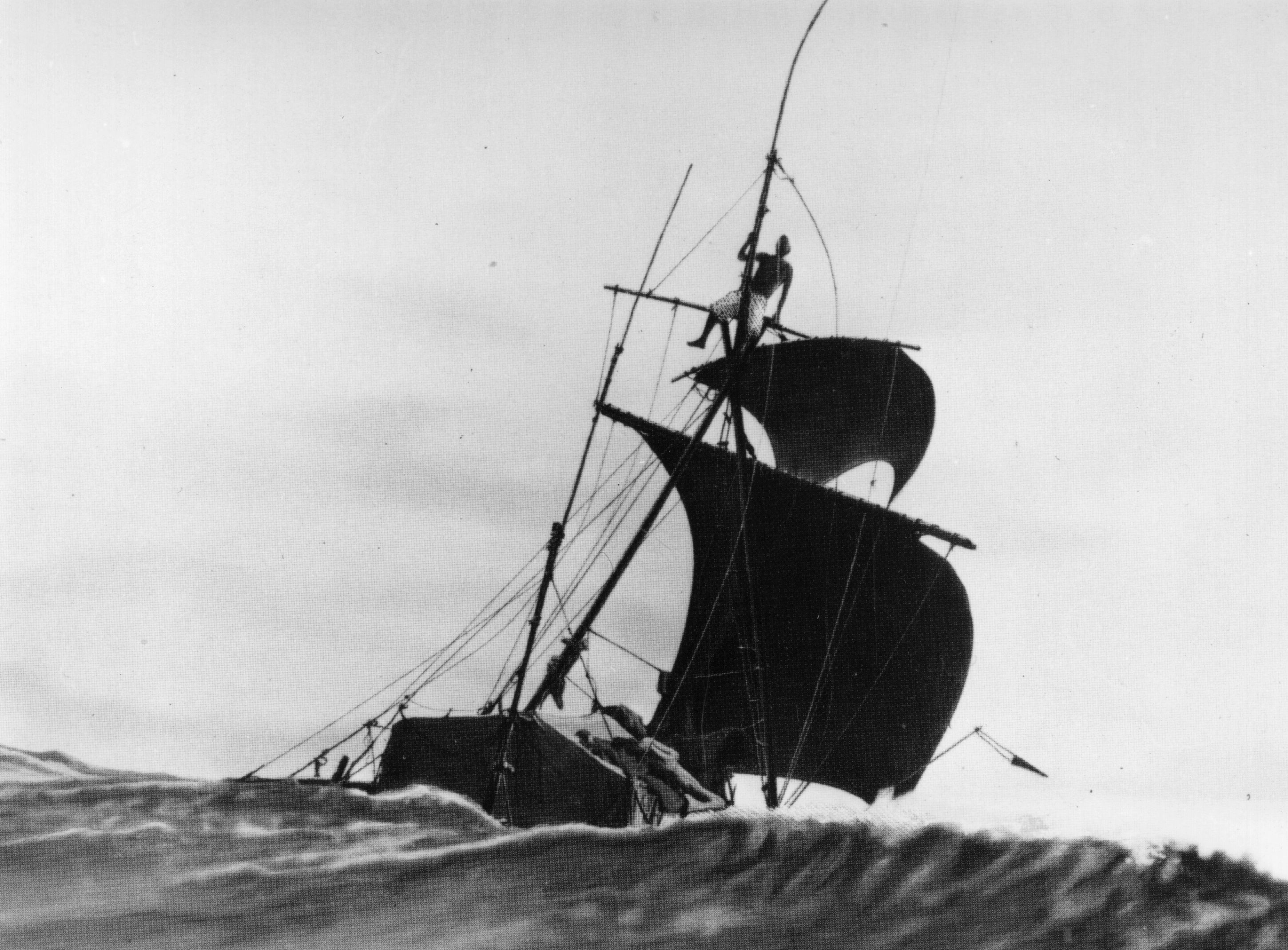
The Kon-Tiki Museum in Oslo is repatriating thousands of artifacts of the native Rapa Nui people to Easter Island. The objects were collected in the 1940s and ’50s by Norwegian explorer Thor Heyerdahl, who crossed the Pacific Ocean on the balsawood raft Kon-Tiki in an effort to prove that ancient South American people settled Polynesia.
The forthcoming return of the objects was announced following a ceremony in Santiago, Chile, in which representatives of the museum and Chilean culture ministry officials signed an agreement on the matter. The meeting took place as part of a state visit to the country by Norway’s King Harald V and Queen Sonja.
Also present was Heyerdahl’s son, Thor Heyerdahl Jr., who joined one of his father’s expeditions to the island in 1955, when he was only 17. (The elder Heyerdahl died in 2002 at the age of 87.)
“The repatriation is a fulfillment of my father’s promise to the Rapa Nui authorities that the objects would be returned after they had been analyzed and published,” Heyerdahl said, according to Agence France Presse.
Kon Tiki museum director Martin Biehl warned that the return process “will take time,” as the agreement is that the artifacts will be delivered to a “well-equipped museum.”
Chile has been active in its attempts to have artifacts returned to the country. Last August, the government worked with Rapa Nui people to make a request that the British Museum in London return the Hoa Hakananai, one of Easter Island’s famed moai figures. Although the two sides met as recently as November, no resolution has been found.
The statue, which the Rapa Nui people would have considered a physical incarnation of a deceased ancestor, was given as a gift by an English commodore to Queen Victoria in 1869. (The repatriation of tribal art is becoming an increasingly contentious issue around the world.)
“As a ministry,” said Chile’s culture minister, Consuelo Valdes, in a statement following the ceremony, “we have the mission to respond to the just demand of the Rapa Nui people to recover their cultural heritage.”